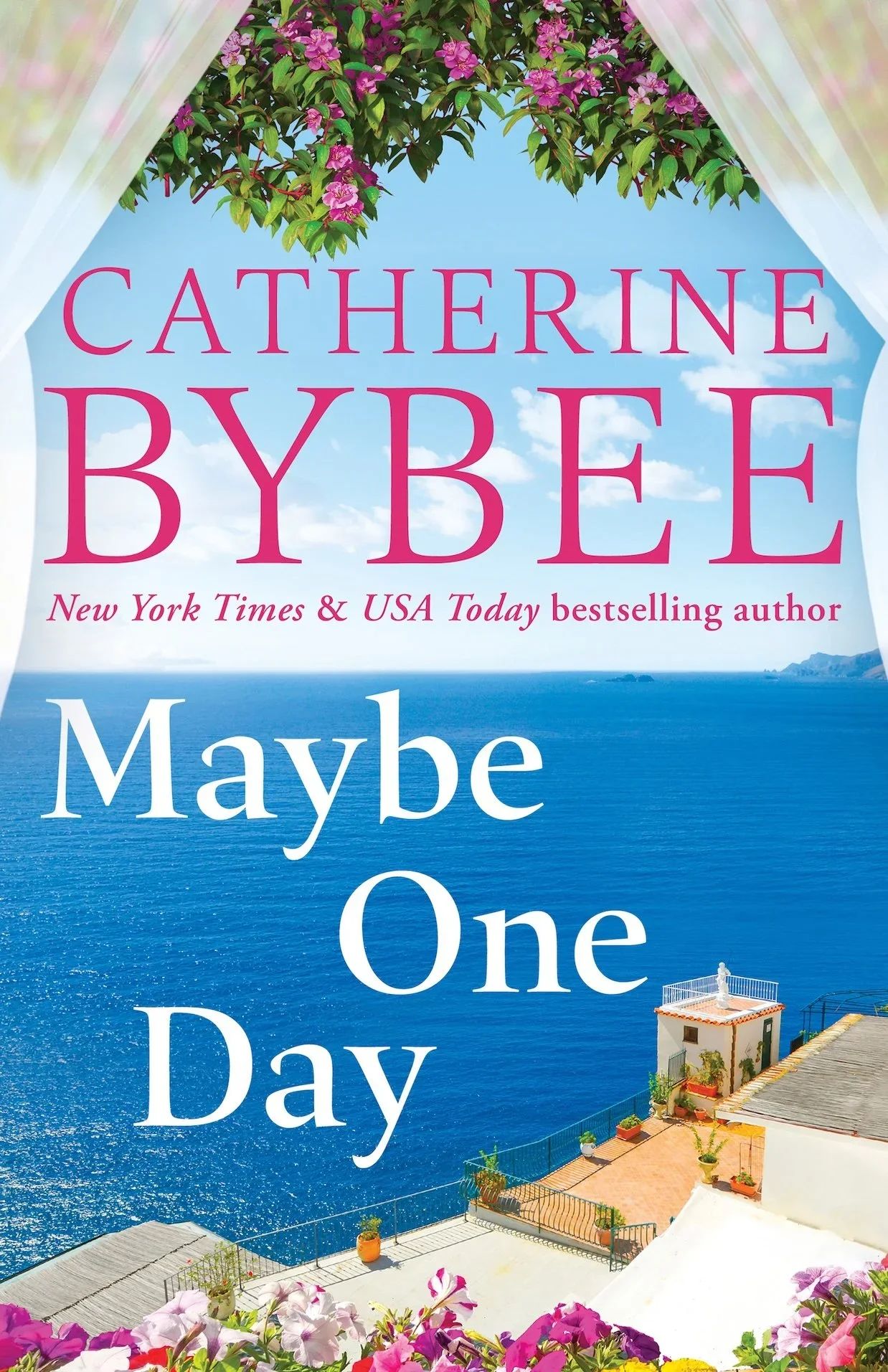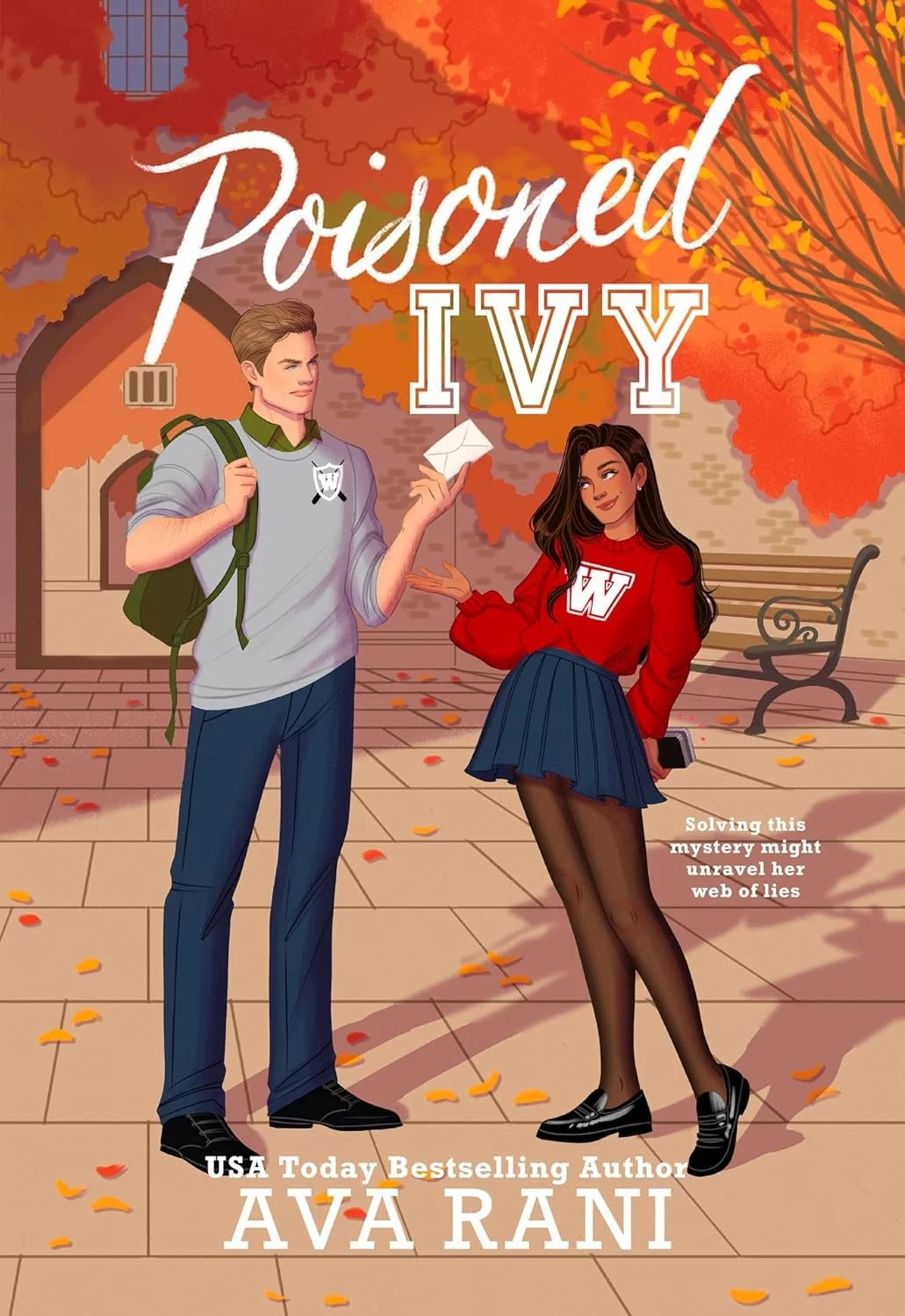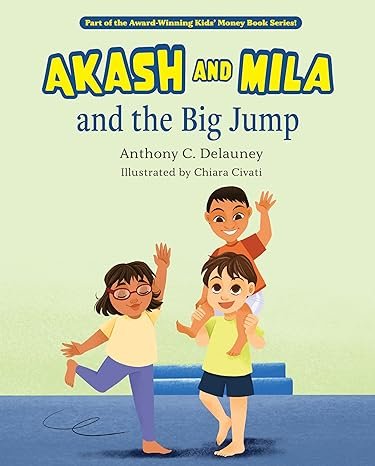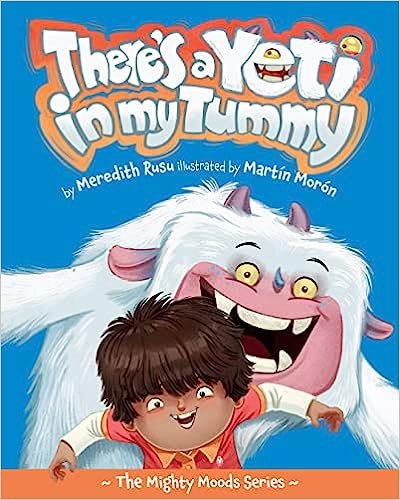The Museum of Extraordinary Things by Alice Hoffman
/Synopsis
Enter a tale shrouded in Hoffman’s signature magic: The Museum of Extraordinary Thingsis part love story, part historical fiction, and part fantasy. Coralie is the daughter of Professor Sardie, the owner of the museum. At a young age, her father forces her to eat a meal of fish daily, take ice cold baths, and wear gloves (despite the season) to cover her one deformity: webbed fingers. Eventually, she is included in his museum of oddities; she takes the role of mermaid, swimming in a tank for hours, performing for the customers. Later, she is used as the decoy for the “monster’ in the Hudson river—due to her life spent in water, she becomes a talented swimmer, and takes to the river at night, swimming, at home, amongst its watery creatures.
We are also introduced to Eddie, an ex-Orthodox Jewish immigrant who took to the New York streets at a young age. Eventually, he becomes the assistant of the famous photographer, Moses Levy, and takes on the practice once Levy dies. After taking photos of the infamous Triangle shirtwaist factory fire, he finds himself stumbling onto the mystery of a missing girl whose body wasn’t found in the fire, but who failed to come home with her sister, afterewards. This leads, ultimately, to him meeting Coralie, their instantaneous, magical love, and whole host of problems.
Review
Alice Hoffman knows her way around magic. Her story is rife with a kind of fairy tale splendor that demands for the reader to hang their notions of reality at the door. Coralie’s tale is a sad one; her abusive father subjects her to a whole host of inappropriate experiences as such a tender age. I found myself respecting her more and more throughout the novel—she’s far more normal than most young women would be after such a life. The novel’s language is in sync with its dreamlike plot, but Eddie’s own narration helps to anchor it. He is embittered and cynical, and their “love at first sight” relationship is, while not refreshing, nicely written and well suited to the story.
Hoffman tries to marry history and imagination in this novel, and for the most part, she succeeds. However, at times, it felt forced—she makes herself known, through narrative, as an advocate for women, children, and worker’s rights—and while that is admirable, it didn’t exactly fit with the fairy tale that is center to the plot. I think she would have done better to stick with fabricating history, instead of tackling both genres simultaneously.
I’d give fair warning: this is an adult fairy tale. There are some disturbing scenes where the professor forces Coralie to exploit her sexuality in various ways. Although this is in keeping with the gothic tones of the novel, it is nevertheless upsetting to imagine. However, it succeeds in making Coralie a completely sympathetic character that is both admired and pitied.
Hoffman, once again, blends mild horror, a satisfying gothic tone, and lovely, dreamlike scenarios into a novel that’s bursting at its seams with imagination. If you’re a fan of dark-toned, fantastic literature, this read is for you.
Reviewed by M.B. Sellers
Book Information
Publisher: Scribner
Publication date: 2/18/2014
Pages: 384















































